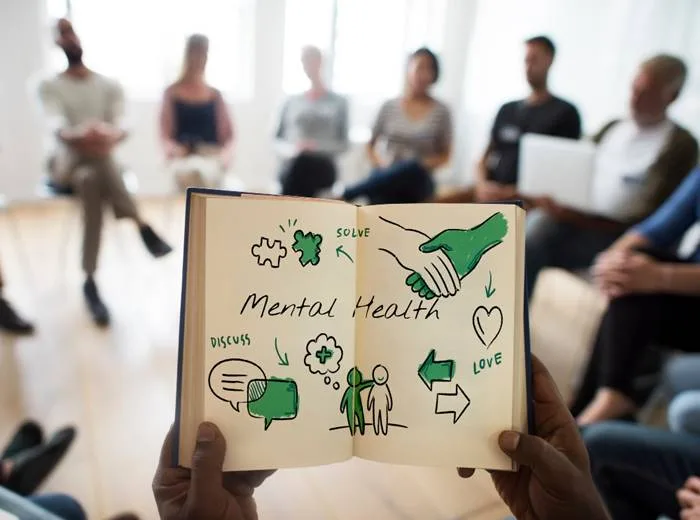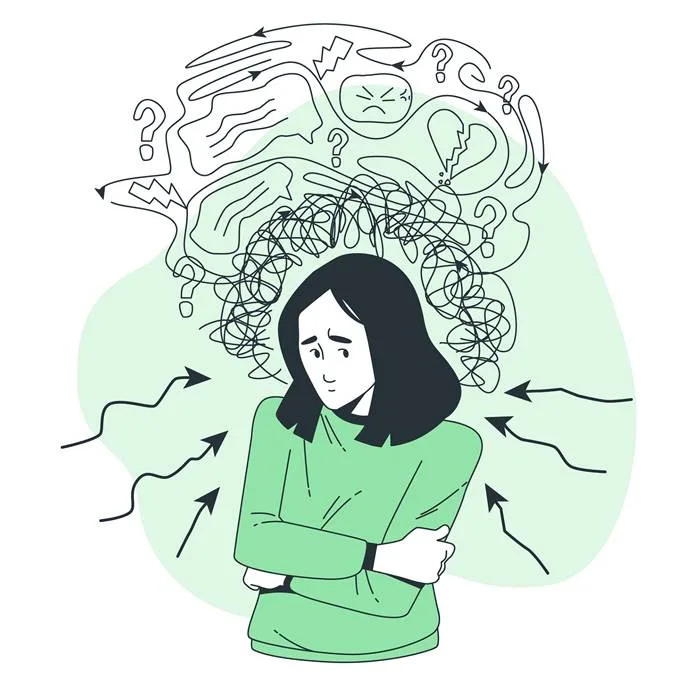Mental health awareness is one of the most essential issues for general health, but it’s a complicated issue, which is little understood by many people. This article will focus on the theme of mental health, offering valuable information, revealing statistics and explaining how various factors affect mental health, like the rates of suicide and gun culture.
Understanding Mental Health Awareness:
1. Definition and Scope: Mental-health is the condition of emotional, psychological, and social functioning that demonstrates itself in the way of thinking, feeling, and behavior. It implies a variety of aspects, from working with stress to establishing healthy relationships.
2. Prevalence: It is not a rarity to experience mental health problem as we think, all age groups, races, and social status face the same. WHO estimates that about 25% of people throughout the world has experienced or will experience mental health disorder at least once in their lives.
3. Stigma and Misconceptions: In spite of growing knowledge, however, there is still a heavy stigma associated with mental health. Stereotyping is a fundamental cause of discrimination, and people in need of assistance and support may face significant hindrances.

Mental Health Statistics:
1. Global Impact: Mental illnesses including depression, anxiety, and schizophrenia, as well as other neurological disorders, are very high on the list of causes of ill-health in the world. Depression, anxiety, and substance abuse disorders are the most widespread of ailments.
2. Youth Mental Health: Adolescence is a crucial phase of life, with mental health problems frequently appearing in such period. The National Alliance on Mental Illness (NAMI) affirms that 20 percent of the youth between the ages of 13 and 18 faces severe mental issues.
3. Economic Impact: Mental health problems are not only socially costly but also have enormous economical effects by reducing production levels, and adding to the health care expenses. What is more than evident in the productivity loss due to the raising working days is absenteeism and reduced work performance.
Suicide Rates and Mental Health Awareness:
1. Alarming Statistics: Suicide is a global health problem that is affecting millions of people, the numbers being reported at about 700,000 people globally. The USA-has-been-devastated-by-the-epidemic-of-suicide according to the World Health Organization (WHO). Every 40 seconds, someone takes his own life.
2. Contributing Factors: Mental conditions, drugs, trauma, and social isolation are among the most significant factors contributing to suicidal thoughts and actions.
3. Prevention Efforts: Suicide prevention entails raising mental health awareness and service availability into mental health sector. Community support and stigma reduction toward mental health are major preventative aspects.
MENTAL HEALTH AWARENESS –A NECESSITY NOT A TABOO Hardcover – 1 January 2023
by Aditya Chakraborty (Author), Bhawana Jain (Author), Meka Khanra (Author)
Gun Culture and Mental Health Awareness:
1. Connection Between Gun Ownership and Suicide: The research demonstrates that there is a connection between the rate of gun ownership and the level of suicide. The connection between guns and mental health comes about as access to firearms increases the lethality of suicide attempts, therefore, addressing this issue is vitally important.
2. Firearm Legislation: Mostly, by imposing responsible firearm legislation, including waiting period and background checks, can help in reducing suicides by firearm.
3. Public Health Approach: Combating mental health issues simultaneously with an intelligent gun ownership is part of a full holistic health strategy. Ensuring security by providing proper storage techniques and education on mental health can help reduce the risks.

Cultural and Societal Influences:
1. Stressors and Pressures: Social factors with their economic inequalities, discrimination, and cultural expectations negatively affect mental health as well. The fact that a mental health care should be really comprehensive requires that these root causes should be resolved.
2. Access to Mental Health Services: Globally, the inequality in provision of services for mental health is still an existing issue. It is very important to create guidelines and rules that require the allocation of resources for mental health care and to make sure that these are provided to everyone.
3. Community Support and Education: Emphasizing the development of communities that value mental health, break down stigma, and do not hesitate to provide resources can lead to a society that is more sharing and tolerant.

Promoting Mental Well-being:
1. Early Intervention: Proactive identification and timely intervention for mental health issues are unavoidable. It is possible to have a mental health education in schools, workplaces, and communities, which would help identify the beginning symptoms of mental health disorders.
2. Holistic Approaches: Promoting the usage of integrated approaches such as therapy, medication and lifestyle changes is important to help manage and prevent mental health conditions.
3. Cultivating Resilience: Resilience building through coping strategies, social contacts, and self-care methods is a crucial component to sustaining good mental health.
Understanding mental health awareness, acknowledging the prevalence of mental health disorders, and addressing contributing factors such as suicide rates and gun culture are essential steps in fostering a healthier society. By prioritizing mental health education, reducing stigma, and advocating for accessible mental health resources, we can work towards creating a world where individuals can thrive emotionally, psychologically, and socially. Remember, mental health matters, and together, we can create positive change.




